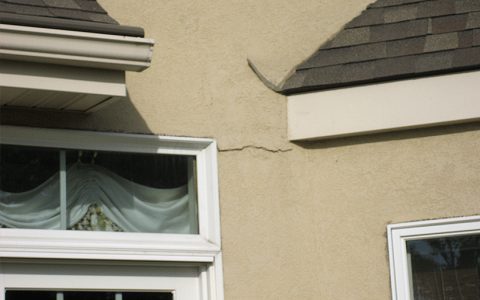Preparation is Key
Proper preparation ensures a long-lasting, professional caulk seal around your window trim.
- Clean the Area: Thoroughly remove any old, failing caulk using a utility knife, putty knife, or a specialized caulk removal tool. Clean away all dirt, dust, loose paint, and debris from the joint. Use a vacuum or a stiff brush. For stubborn residue, a mild detergent solution can be used. Ensure the surfaces are completely dry before proceeding.
- Gather Supplies: Have your caulk, caulk gun, a utility knife or caulk tube opener, painter's tape (optional, for crisper lines), a damp cloth or paper towels, and a caulk smoothing tool or your finger ready.
Selecting the Right Caulk
The type of caulk used is critical for durability and performance.
- Interior Trim: For interior window trim, an acrylic latex caulk (often labeled "painter's caulk") is generally suitable. It's easy to work with, cleans up with water, and is paintable.
- Exterior Trim: For exterior applications, choose a caulk designed for outdoor use that is waterproof, flexible, and UV resistant. Siliconized acrylic latex or 100% silicone are common choices. Silicone offers excellent adhesion and flexibility but may not be paintable unless specified. Polyurethane caulks are also very durable for exterior use.
- Gap Size: Check the caulk's label for the maximum gap size it can effectively fill. For very large gaps, a backer rod may be needed before caulking.
Application Technique
A steady hand and consistent pressure are vital for a neat bead.

- Prepare the Caulk Tube: Cut the nozzle tip at a 45-degree angle. The opening size should be slightly smaller than the gap you intend to fill. Puncture the inner seal of the tube using a long nail or the built-in poker on many caulk guns.
- Load the Caulk Gun: Insert the caulk tube into the caulk gun.
- Optional - Painter's Tape: For very neat lines, apply painter's tape along both edges of the joint, leaving the gap exposed.
- Apply the Caulk: Hold the caulk gun at a consistent 45-degree angle to the joint. Apply steady, even pressure to the trigger, moving the gun smoothly along the length of the joint. Push the caulk into the gap rather than dragging it over the surface. Aim for a continuous bead without breaks.
Smoothing the Caulk Bead
Tooling the caulk creates a clean, professional finish and ensures good adhesion.
- Tool Promptly: Smooth the caulk bead immediately after application, before it begins to skin over.
- Method: Use a caulk smoothing tool, a wetted finger (some prefer dipping it in a very mild soapy water solution for certain caulks, but plain water is often sufficient for latex), or the back of a small spoon.
- Technique: Lightly press the tool against the caulk and drag it smoothly along the bead. This will press the caulk firmly into the joint and remove any excess. Wipe excess caulk frequently from your tool onto a paper towel or damp rag to prevent buildup and dragging.
- Remove Tape: If you used painter's tape, remove it slowly at a 45-degree angle while the caulk is still wet, immediately after tooling.
Curing and Cleanup
Allow the caulk to cure fully before painting or exposing it to moisture.
- Drying Time: Refer to the caulk manufacturer's instructions for specific drying and curing times. "Paintable in X hours" does not always mean fully cured.
- Cleanup (Latex/Acrylic): Uncured acrylic latex caulk can be cleaned up with soap and water. Use a damp cloth or sponge.
- Cleanup (Silicone/Polyurethane): Uncured silicone or polyurethane caulk typically requires mineral spirits or a specific solvent recommended by the manufacturer. Cured silicone is very difficult to remove and usually needs to be cut or scraped away.










